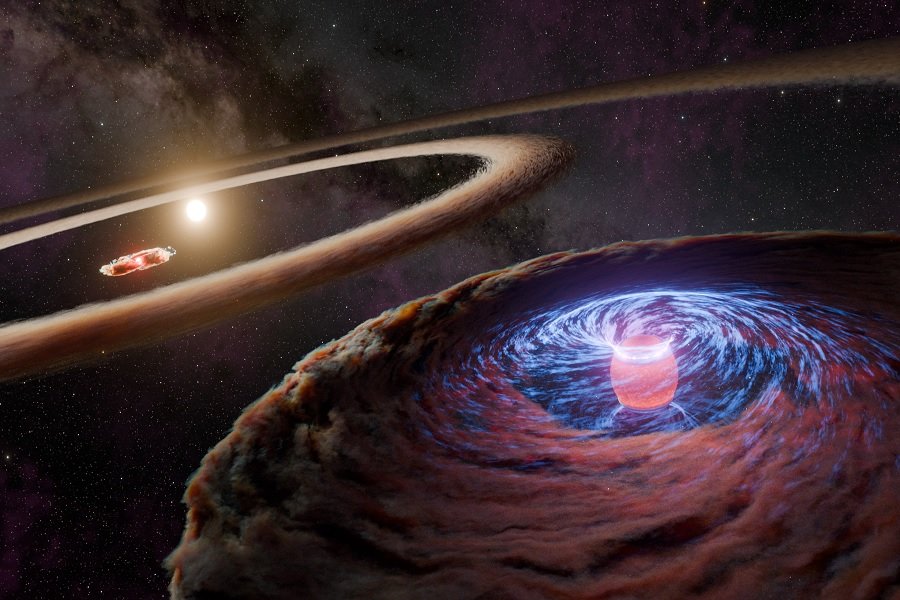
NASA reveals first direct image of giant planet forming
Astronomers have, for the first time, directly photographed a new giant gas planet forming inside a ring-shaped gap within a protoplanetary disk, confirming a long-standing theory about how massive planets emerge, NASA announced, CE Report quotes Kosova Press.
Named WISPIT 2b, the planet is about five times the size of Jupiter and roughly 5 million years old—nearly a thousand times younger than Earth. It orbits a young star approximately 437 light-years away in the WISPIT 2 system.
The planet lies directly inside a dark ring-shaped gap in the dust disk surrounding its host star. Scientists have long suspected that such gaps form as growing planets clear material along their orbits. This is the first time such a planet has been directly observed in such an environment.
The discovery was made by a team led by Laird Close, an astronomer at the University of Arizona, and Richelle van Capelleveen, a graduate student at Leiden Observatory in the Netherlands. Van Capelleveen previously led the discovery of the WISPIT 2 disk and rings using the Large Telescope in Chile.
WISPIT 2b, a "baby planet," is still gathering gas and dust, giving researchers a rare real-time glimpse into how giant planets form. The team believes it formed exactly where it was found, rather than migrating into the gap, offering new insights into the birth of planetary systems like our own.
NASA stated the discovery not only explains how massive planets carve out paths in their birth disks but also provides a view into the turbulent environments where planetary systems begin—possibly including our own planets billions of years ago.
























